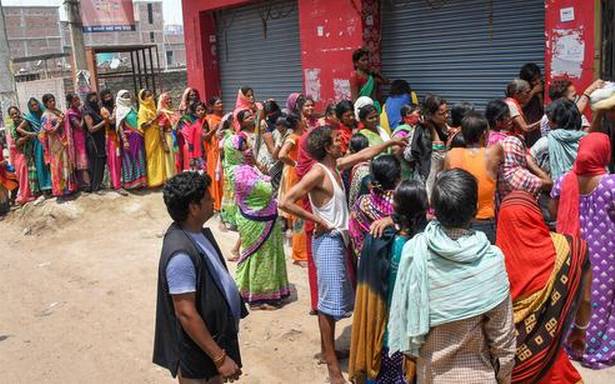Not just India, but the SAARC region as a whole is seeing a slower increase in COVID-19 or novel coronavirus infections, particularly in terms of critical cases. If the trend persists, this maybe worth deeper study, say experts.
COVID-19 | Interactive map of confirmed coronavirus cases in India
While low testing rates are clearly one reason for the low figures that have been recorded, experts are pointing to the need to study the impact of pre-existing immunity, as well as the impact of the strict lockdowns and social distancing measures that have been adopted in India and the eight neighbouring countries of South Asia including Afghanistan, Bangladesh, Bhutan, Nepal, Pakistan, Sri Lanka, and the Maldives.
“All governments in South Asia have responded rapidly to the crisis, but their task is daunting. Governments have imposed social-distancing measures, introduced relief packages to secure access to food, and provided for delays in payments on taxes, rent, utilities and debt service,” said a “South Asia Economic Focus” study, published by the World Bank this week. The study predicted a sharp fall in the economic growth rates of all SAARC countries, even as it recorded much lower infection rates in the region compared to the worst affected countries including the U.S. and China.
According to the latest figures, the eight SAARC nations account 1.1%, approximately of the world total of 22,65,727 coronavirus cases. In terms of fatalities, the SAARC total

